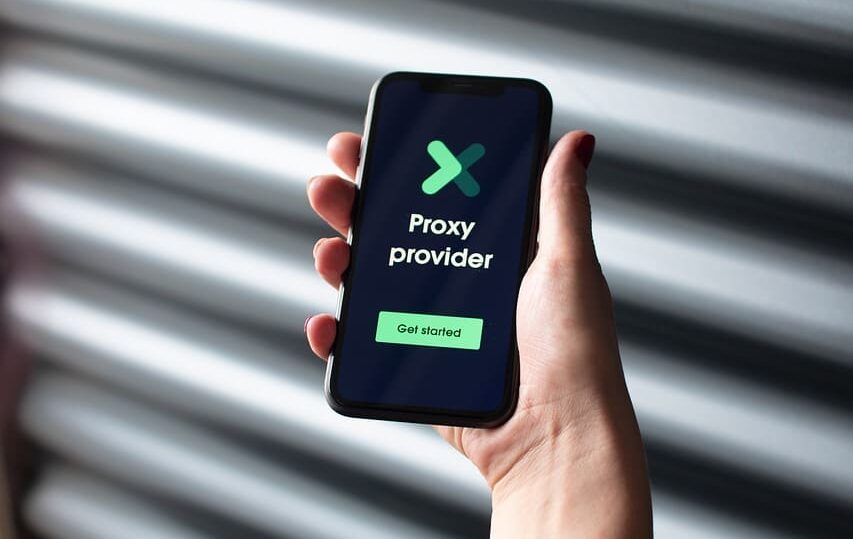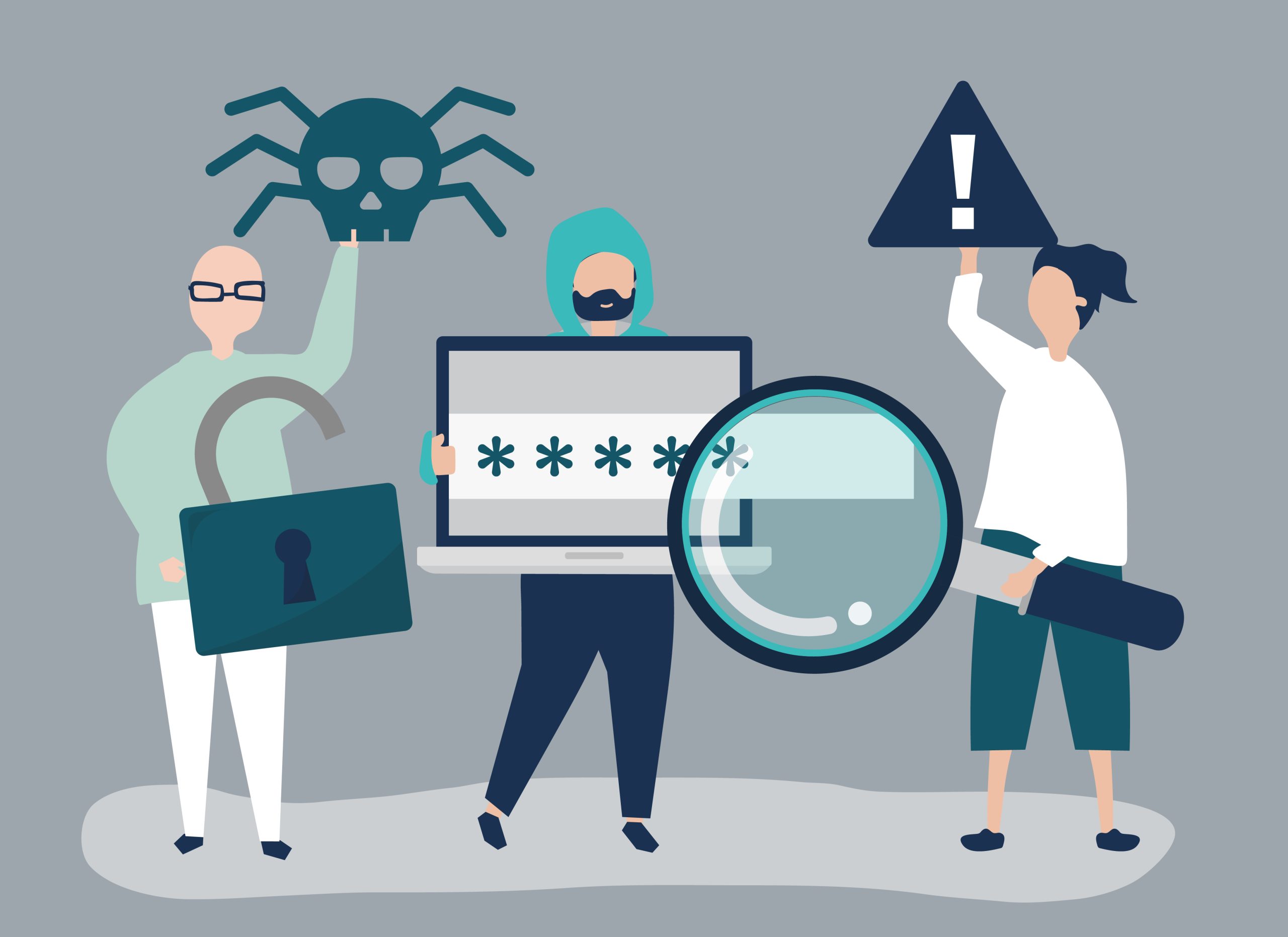
Anti-detection browsers have become an indispensable tool for professionals working with multi-accounting, traffic arbitrage, parsing, and other tasks where it is important to maintain anonymity and separate digital fingerprints. They allow you to manage dozens, and sometimes hundreds, of accounts at once without the risk of being banned — the main thing is to set up the environment correctly, including profiles, cookies, user agents, and, of course, proxies.
In this article, we will compare Incogniton vs Multilogin — two popular solutions on the anti-detection browser market. We will analyze their strengths and weaknesses, what features each one offers, and which is better — Incogniton or Multilogin — depending on your tasks. We will also tell you how to choose a proxy for anti-detection browsers to get the most out of these tools.
Why do you need anti-detection browsers?
Classic browsers like Chrome or Firefox are not suitable for working with multiple accounts: they store cookies, IP addresses, hardware fingerprints, and in case of matches, services can recognize “multi-accounts” and block all accounts at once.
Anti-detection browsers solve this problem by allowing you to create independent profiles, each of which looks like a separate unique device. This is especially relevant for:
- CPA arbitrage and working with advertising accounts;
- scraping and automation;
- testing web services;
- maintaining accounts on social networks and marketplaces.
The effectiveness of anti-detection largely depends on the quality of the proxy. That is why professionals often use rental mobile proxies — as they are the most resistant to blocking and are as close as possible to real users.
Incogniton overview: features and capabilities
Incogniton is one of the most prominent players on the market. It focuses on simplicity, scalability, and security when working with a large number of profiles.
Main features of Incogniton
Incogniton performs the following functions:
- Management of an unlimited number of profiles.
- Emulation of unique browser fingerprints.
- Synchronization between devices.
- Integration with Selenium and Puppeteer.
- Import/export cookies and profiles.
- Proxy compatibility (SOCKS5, HTTP, mobile proxies).
Incogniton is great for both beginners and professional arbitrageurs. It is especially convenient for teamwork: access rights can be flexibly configured.
Advantages of Incogniton
The advantages include the following:
- Simple and intuitive interface.
- Flexible pricing policy, including a free plan.
- Good technical support.
- Effective performance even on a basic configuration.
This is why this browser is so popular.

Multilogin overview: features and capabilities
Multilogin is a veteran of the market and one of the most technologically advanced anti-detection browsers. It is aimed at professionals and teams who value in-depth settings and process automation.
Key features of Multilogin
This browser offers the following features:
- Highly accurate replacement of Canvas, WebGL, and audio fingerprints.
- Complex system for generating unique configurations.
- Advanced profile management capabilities.
- API support and integration with automation systems.
- Compatibility with most types of proxies.
Multilogin is a powerful tool, especially when it comes to scalable web service testing or complex campaigns with a high risk of being banned.
Advantages of Multilogin
It has several advantages:
- One of the most high-tech engines.
- Extensive customization options.
- Constant updates and focus on security.
- Reliable architecture for teamwork.
An excellent choice for professionals.
Comparison of Incogniton and Multilogin
Now let’s move on to a practical comparison: Incogniton vs. Multilogin in real-world conditions. To determine which is better — Incogniton or Multilogin — let’s look at the key parameters.
Ease of use
Incogniton wins in terms of accessibility and simplicity. The interface is easier to learn, especially for beginners. Multilogin takes some time to get used to, but gives you more control.
If you are running a one-person project or a small team, go with Incogniton. If you have a complex setup and dozens of employees, go with Multilogin.
Price
Incogniton offers a free plan and more affordable paid plans. Multilogin is significantly more expensive, especially when scaling up.
All other things being equal, if you have a limited budget, it’s better to start with Incogniton.

Conclusion
The choice between these two tools depends on your tasks and resources. If simplicity, flexibility, and reasonable price are important to you, Incogniton is the right choice. If you need maximum customization, deep control, and are not afraid of complexity, choose Multilogin.
A comparison of Incogniton and Multilogin in terms of functionality shows that both browsers solve the same problem, but do so in different ways. Both are worthy choices if you have selected the right proxy service and built your workflow.
So, if you’re still unsure whether to choose Incogniton or Multilogin, decide on your goals. For quick launches and savings, go with Incogniton. For complex projects with high traffic, choose Multilogin.
And if you want to get the most out of it, test both. That’s how you find your ideal stack.









